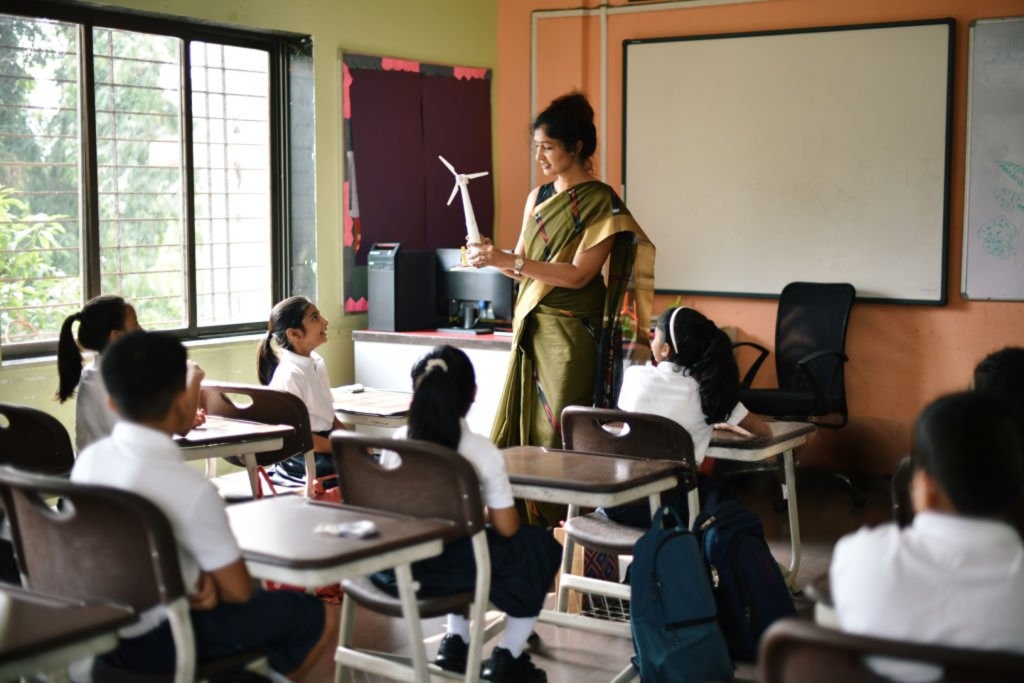The Role of Technology in Modern Classrooms
The 21st-century classroom looks remarkably different from what it was a decade ago. Gone are the days when teaching relied solely on chalkboards and printed textbooks. Today’s modern classrooms are vibrant learning environments powered by technology — where innovation meets education to enhance learning, engagement, and accessibility.
1. Enhancing Engagement and Interaction
Technology has transformed passive learning into interactive exploration. Smartboards, tablets, and multimedia lessons make subjects come alive with videos, animations, and real-time quizzes. Students no longer just listen — they participate, collaborate, and experiment. Gamified learning platforms and educational apps add a fun, competitive edge that motivates learners to stay curious and engaged.
2. Personalized Learning for Every Student
Every student learns differently, and technology helps teachers cater to these diverse needs. Adaptive learning software analyses each learner’s progress and adjusts content accordingly. Slow learners can review lessons at their own pace, while fast learners can move ahead to advanced topics. This flexibility ensures no student is left behind, promoting truly inclusive education.

3. Easy Access to Global Knowledge
The internet has opened doors to a world of knowledge beyond the textbook. Students can explore global cultures through virtual tours, attend online lectures from top universities, or collaborate with peers from different countries. This global exposure builds critical thinking, cultural understanding, and digital literacy — essential skills for the future workforce.
4. Empowering Teachers with Better Tools
Technology isn’t just for students — it’s a powerful ally for educators too. Learning management systems (LMS) simplify lesson planning, grading, and communication. Teachers can track attendance, share assignments, and provide feedback instantly. Data analytics tools also help teachers identify performance gaps and tailor their teaching methods more effectively.
5. Encouraging Creativity and Innovation
From coding classes to digital art, modern classrooms encourage creativity through technology. Students use design software, video editing tools, and 3D printers to transform ideas into reality. This hands-on approach nurtures problem-solving, innovation, and teamwork — skills that are highly valued in today’s digital economy.
6. Bridging the Gap in Remote Learning
The COVID-19 pandemic accelerated the adoption of e-learning, proving that education can thrive beyond physical classrooms. Video conferencing, online discussion boards, and virtual labs ensured learning continuity during difficult times. Even today, hybrid classrooms continue to offer flexibility for students who prefer digital learning.
Technology has revolutionized modern education by making learning more engaging, personalized, and accessible. However, it’s not just about gadgets and apps — it’s about how these tools are used to create meaningful learning experiences. When thoughtfully integrated, technology empowers both teachers and students to explore, create, and achieve more than ever before.
